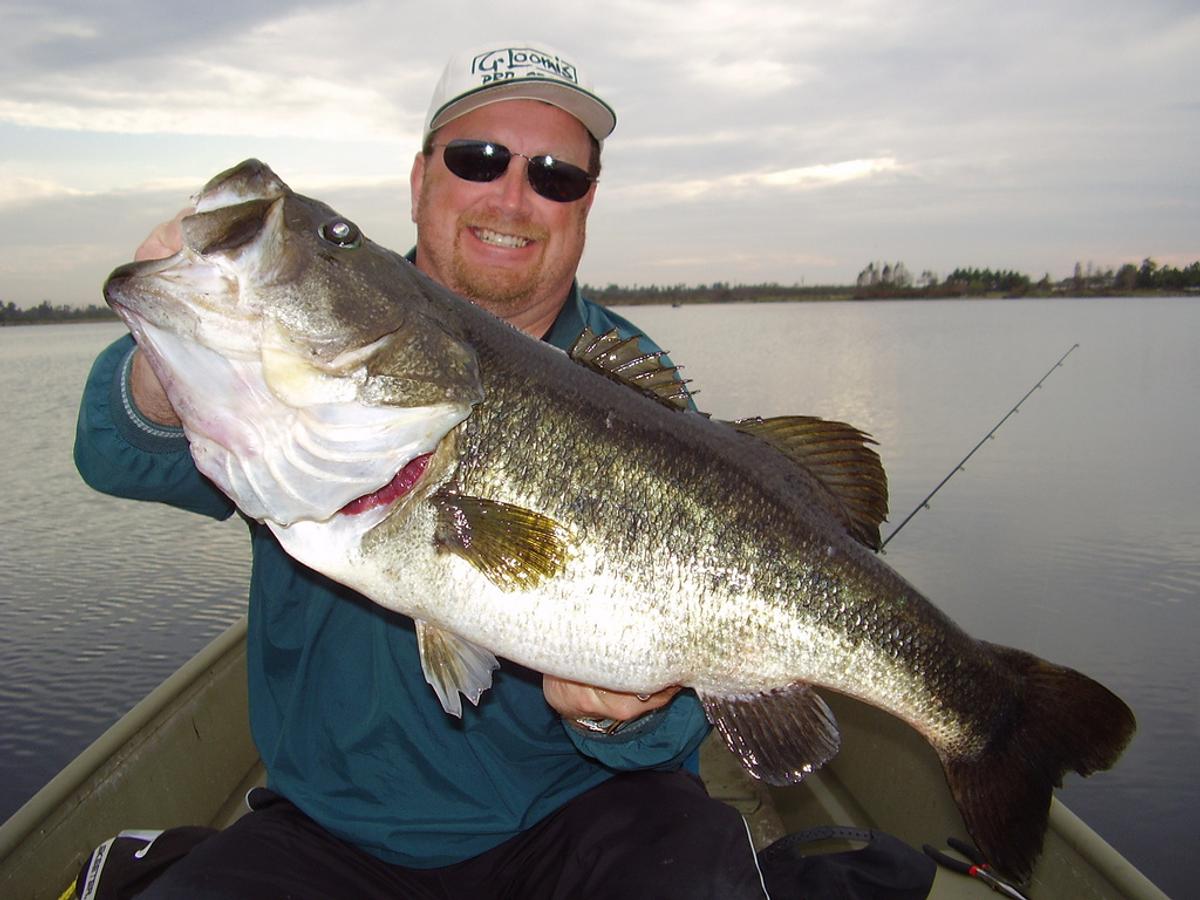The 7 Best Ways To Catch Deep Water Bass
With the summer in full swing, water temps in most bodies of water are nearing their seasonal peak. Warmer water carries less oxygen, and for that reason, bass in many lakes and reservoirs across the country take a summer vacation and head out to the depths. In addition to more oxygen, deep water usually harbors more baitfish, and also provides shade and protection from predators.Unfortunately though, fishing for bass in deep water is more difficult for inexperienced anglers, as there are minimal obvious targets to cast to, and the vastness makes locating schools of bass difficult.To help, we thought it would be a good idea to put together a guide to the top 7 techniques for targeting deep bass. Next time you’re out on your local lake, get out on a point, hump, or drop-off, and try one out. You might be surprised at what you reel back in!
1. Carolina Rig
The most basic and easiest way to fish offshore is the venerable Carolina rig. It’s essentially a slip sinker rig, which allows you to present a plastic on the bottom. The Carolina rig allows anglers to cover water efficiently, and bass don’t feel the weight when they strike. To rig, slide on an egg sinker, tie on a swivel, then attach a 12-36 inch piece of line, and tie on the hook. Thread on your favorite craw, worm, or creature, and slowly drag it around offshore cover like humps, rock bars, and points. Once you get a bite, give it a little slack, and then set the hook hard.
2. Football Jig
Another alternative to the Carolina rig, the football jig is designed to be drug along deep bottoms, and perfectly emulates a crawfish, sculpin, or other bottom fish. For water 10-15 feet deep, start out with a ½ ounce model, and step up to ¾ or 1 ounce as you get deeper. Make a long cast with a football jig like the All Terrain Tackle Football Head, let it free spool on the fall, and then slowly drag it back to the boat. This is a great technique when the bass are aggressively feeding, and it tends to catch bigger fish than a Carolina rig.
3. Drop Shot
In clear water, or when the bite is tough, there’s nothing better for targeting deep bass than a drop shot. With the weight on the bottom, the bait is free to wiggle and dance in an enticing manner not possible with a big heavy weight. Ideal drop shot baits include finesse worms, little creatures, and even swimbaits. Drop shots are ideal for probing specific deep water cover, like brush piles, rock bars, and any other deep structure like bridge pilings or road beds.
4. Deep Diving Crank
When deep water bass are feeding aggressively, there’s nothing more effective than a crankbait like the Sebile Action First Bull Crank for generating strikes. Cranks have a baitfish profile, wobble, and ignite a school like nothing else. Many top models these days can dive all the way down to 20 feet, and can be cast a mile on quality tackle. One of the keys to deep cranking is to keep the bait in contact with the bottom for as long as possible. Bottom contact causes deflection, which is what triggers reaction strikes from deep water bass.
5. Flutter Spoon
On many of the famed southern reservoirs, midsummer bass have seen a steady dose of jigs, cranks, and rigs by this time of year. For that reason, they can actually be tough to catch for even the best offshore anglers. Enter the flutter spoon – the ideal reaction strike generator. Flutter spoons like the Best Spoon are big hunks of metal designed to fall like a dying baitfish. To fish a flutter spoon, make a long cast past the structure you’re fishing, let it fall to the bottom, and rip it up 4 to 5 feet off the bottom – then let it fall on slack line. Repeat all the way back to the boat. Watch your line on the fall though, most strikes come when it’s fluttering back down.
6. Swimbait
Just like the flutter spoon, the swimbait does a great job of generating strikes in deep water from pressured bass. Rig a 4-6 inch paddle tail model on a heavy ½ to 1 ounce jig head, count it down to the bottom, and wind it slowly back to the boat. Swimbaits have a natural roll, and profile that gets bit in even the toughest conditions.
7. Bucktails
Long used by saltwater anglers, bucktail jigs like the Buggs Ratic Shad are now becoming a go-to presentation for deep water anglers across the country. They epitomize “finesse” power fishing, by not offering much in action or noise. They kind of sneak up on deep bass, and buzz by their heads causing a natural feeding strike that other baits can’t compete with. Work a bucktail jig similar to a flutter spoon, but don’t be afraid to work it fast.
Updated May 17th, 2020 at 7:10 AM CT


